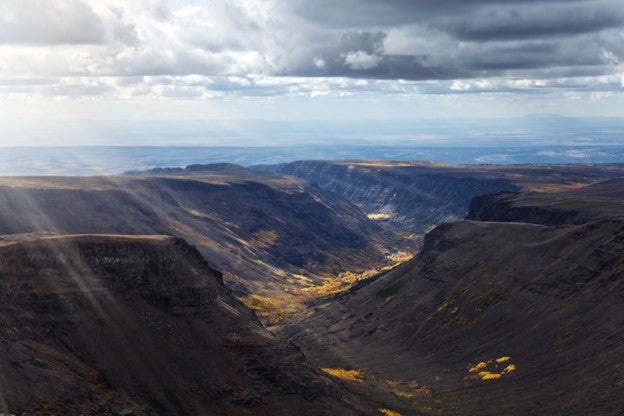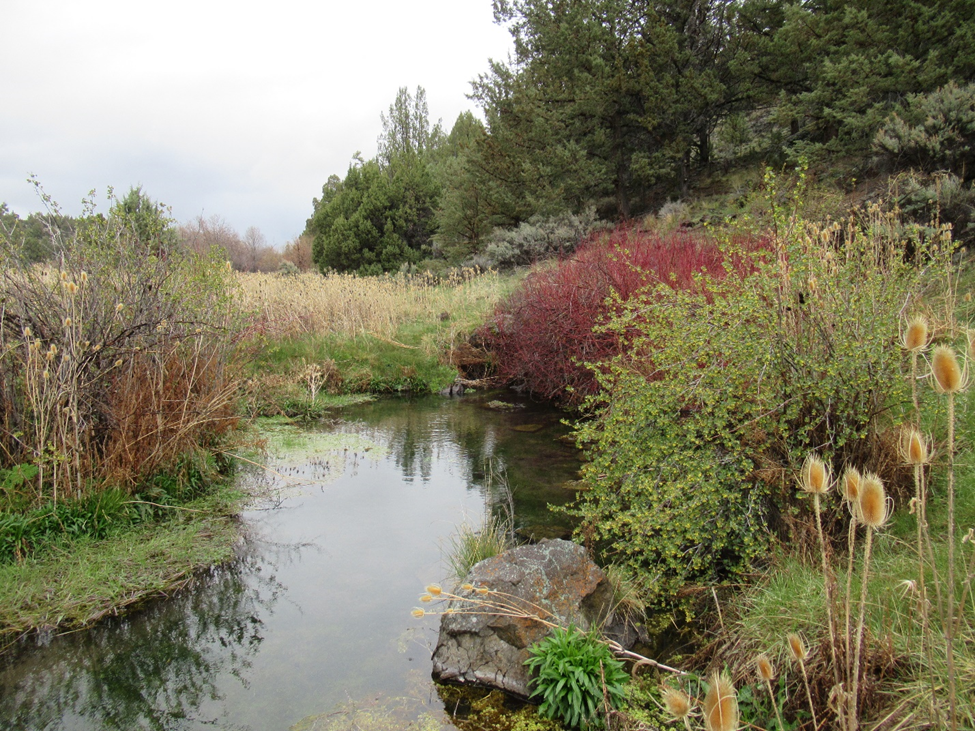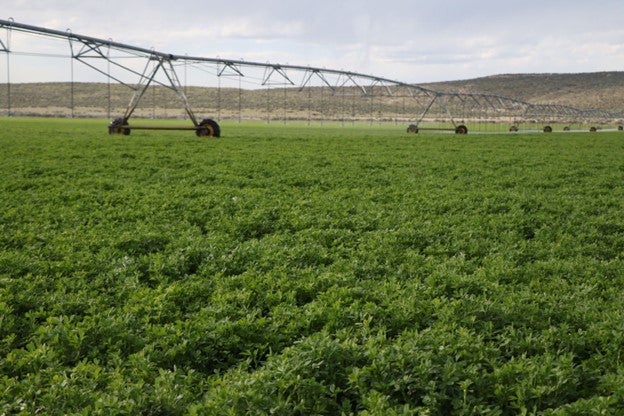New report analyzes voluntary agreements as tool for managing Oregon’s groundwater

In southeastern Oregon’s Harney Basin, you’ll find nationally significant wetlands, scenic farms and ranches, a strong sense of community, and one of the most severe groundwater overdraft issues in the state.
Recent media series, such as Race to the Bottom and Draining Oregon, have highlighted water challenges that have affected communities and ecosystems in the Harney Basin and across Oregon. As the situation becomes particularly dire in the Harney Basin, EDF and Culp & Kelly, LLC have released a new Voluntary Agreements Analysis report to advance the community’s understanding of one potential approach for locally driven water management.
Groundwater supplies dwindle in the Harney Basin
Although precipitation can exceed 30 inches a year in Steens Mountain, the highest point in the basin, many parts of the valley receive less than 10 inches per year, which is not enough to sustainably support the current demand. A recent report from U.S. Geological Survey and Oregon Water Resources Department estimated that groundwater losses in the basin exceed recharge by 110,000 acre-feet per year, or more than 60% of total recharge volumes. In some areas, groundwater levels are dropping by 8 to 10 feet per year.
This precipitous drop in the groundwater table is concerning because it can cause wells to become less productive or dry up completely. Access to water for homes, livestock and crops could require continued deepening of wells, which can be unaffordable for some and causes aquifer levels to continue to decline. The depletion can also prevent water from reaching springs, streams and wetlands, causing those to dry up, too.

A locally driven approach to manage groundwater
A dedicated group has been working in the basin for several years to develop a plan that will stabilize groundwater levels, protect groundwater-dependent ecosystems, and maintain the economic viability and social fabric of the region.
The Harney Basin is one of four pilot place-based planning areas that receive state funding and have state-imposed sideboards to develop locally tailored plans to manage their water resources through collaborative planning processes.
The funding has enabled the Harney Community-Based Water Planning Collaborative to better understand the basin’s water issues and develop strategies to address those issues, all folded into an integrated water plan. The discussions can sometimes be tense, but a consensus-driven process necessitates conversation and compromise.
Through this process, a suite of voluntary approaches is being considered to stabilize groundwater levels in the Harney Basin. Oregon’s unique voluntary agreements statute (O.R.S. § 537.745) allows groundwater users to implement locally defined measures to manage groundwater use, as long as those measures are consistent with the intent, purposes and requirements of Oregon’s Groundwater Act.

Voluntary agreements as a management approach
Voluntary agreements could potentially be used to implement a variety of management actions identified by the Collaborative, such as “set benchmarks and timelines for reducing groundwater use” or “improve water resource data collection, interpretation, and information sharing.” If the actions in the agreement suitably achieve the management objective of the basin, the agreement could be used in lieu of state-imposed regulations such as water right curtailments.
Though the voluntary agreements statute has been on the books for decades, it has never been tested, creating uncertainty for how to effectively develop and implement an agreement.
The Voluntary Agreements Analysis report provides an overview of the Oregon statute, outlines potential approaches for an agreement, examines legal elements and constraints, and highlights examples of how similar agreements have been implemented elsewhere in the western U.S.
Uncertainty around the necessary scope, parties and terms of an agreement will likely remain until the first agreement is developed and tested. This report aims to illuminate important considerations and potential steps forward for the Collaborative as they begin to implement various water management strategies to bring the Harney Basin’s groundwater supply and demand back into balance.










